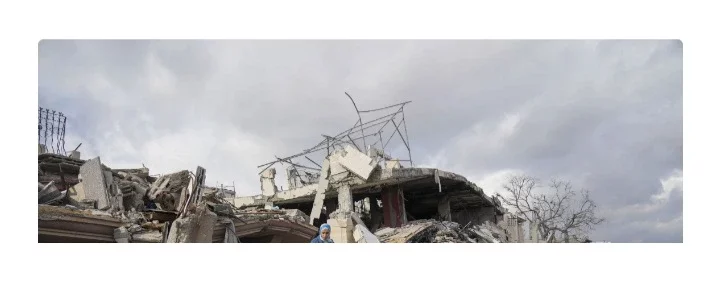
BEIT LAHIYA in Gaza Strip reports for AP's publication Tuesday 25th which says, as night descends upon northern Gaza, the landscape, characterized by collapsed structures and debris, becomes engulfed in darkness. Within the remnants of her home, Rawia Tambora's young sons experience fear due to the absence of light; in response, she utilizes a flashlight and her phone's illumination to provide them solace, albeit temporarily, as long as the batteries endure.
Having been displaced for the most part of the protracted 16-month conflict, Tambora has returned to her residence. However, she describes her current existence as a frustrating semblance of life, devoid of essential amenities such as running water, electricity, heating, and basic services, alongside lack of resources to remove the surrounding rubble, the AP reports.
According to United Nations reports, nearly 600,000 Palestinians have returned to northern Gaza following a ceasefire that has been in effect for approximately one month. Initially met with relief and joy at the prospect of returning to their homes-regardless of their condition-these individuals are now confronted with the harsh reality of residing amidst the destruction for the foreseeable future.
"Some individuals express a desire for the conflict to have continued, believing it would have been preferable to face death," remarked Tambora. "I am uncertain about our long-term plans; my capacity for future planning has ceased," reports AP.
The six-week ceasefire is set to conclude on Saturday, and the subsequent course of events remains uncertain. Negotiations are underway to extend the period of tranquility, yet should hostilities resume, those who have returned to the northern region may find themselves once again caught in the crossfire.
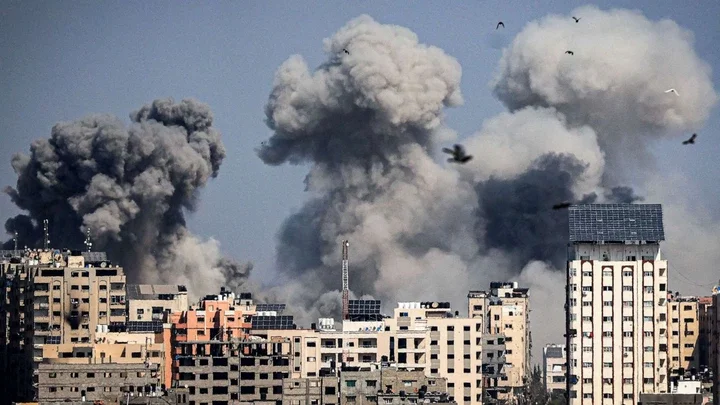
The prospect of extensive reconstruction remains daunting. A recent report from the World Bank, the United Nations, and the European Union estimates that approximately $53 billion will be required to rebuild Gaza, given the extensive devastation inflicted by Israeli bombardments and military operations targeting Hamas militants. Currently, there exists minimal capacity or financial resources to initiate substantial reconstruction efforts.
According to the reports, the immediate livability in Gaza is a pressing priority. Earlier in February, Hamas threatened to impede hostage releases unless additional tents and temporary shelters were permitted entry into Gaza. Subsequently, it reversed its stance and expedited hostage releases following Israel's agreement to allow mobile homes and construction materials into the region.
Humanitarian organizations have intensified their efforts, establishing free kitchens, water distribution stations, and distributing tents and tarpaulins to hundreds of thousands of individuals across Gaza, as reported by the United Nations, the reports state.
Former President Donald Trump intensified the pressure by advocating for the permanent removal of Gaza's entire population to facilitate U.S. control and redevelopment of the territory. Palestinians have rejected this proposal, asserting their desire for assistance in rebuilding their own communities.
According to Asem Alnabih, a spokesperson for Gaza City's municipality, efforts have commenced to repair certain water lines and clear debris from the streets. However, the municipality is hindered by a lack of heavy machinery; only a fraction of its fleet, which includes 40 bulldozers and five dump trucks, remains operational. The United Nations estimates that Gaza is burdened with over 50 million tons of rubble, which would require 100 trucks operating at full capacity for 15 years to clear, the reports state. SOURCE: Associated Press, (AP).

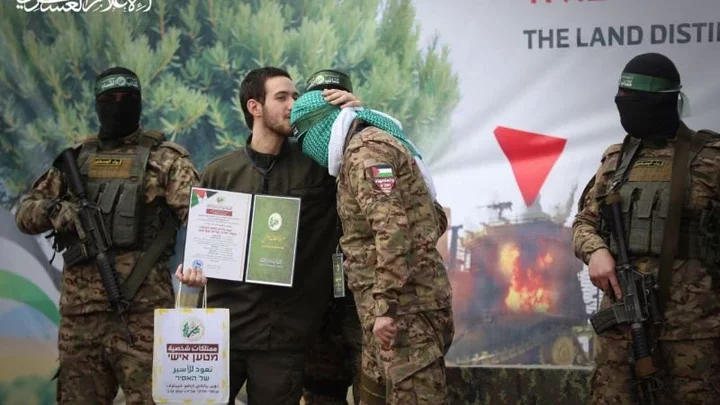

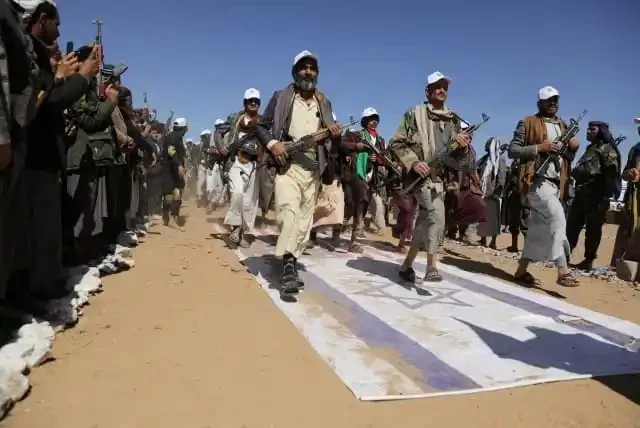
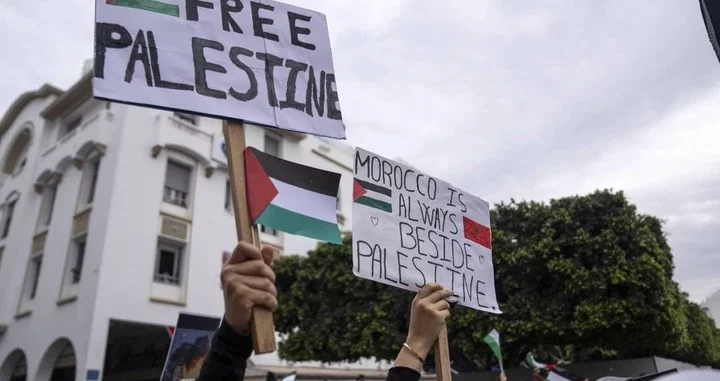

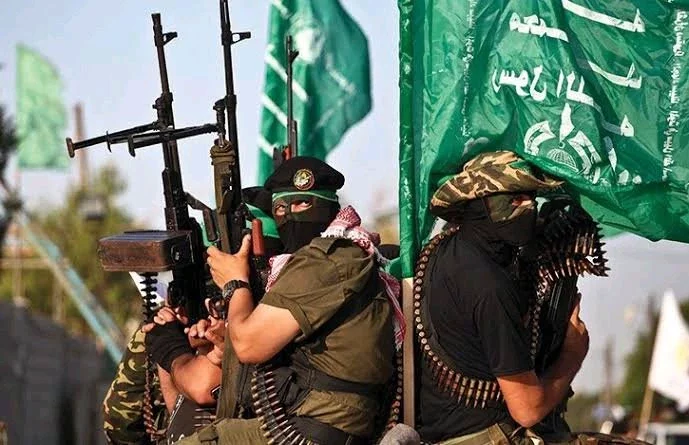









Comments